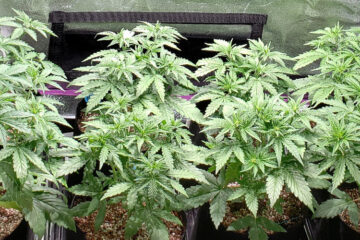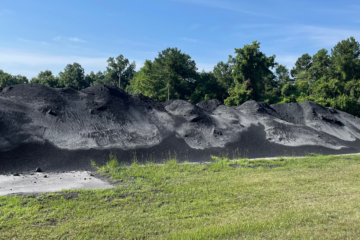Scientific research continues to discover the intricate subtleties of plant nutrition, and growers have responded by seeking to create biologically active soil that supplies a balanced diversity of major nutrients, trace elements and other growth-enhancing substances.
Azomite is a mineral-based amendment that promotes this type of soil fertility, but the proper application rate varies according to your desired results.
Understand Azomite
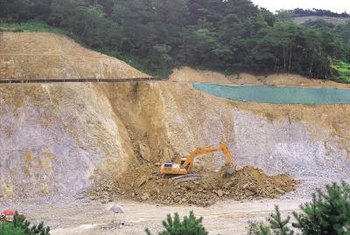
Azomite is a registered trademark used as a product name for a volcanic mineral substance mined in Utah. It is Millions of Years old! The name is also a product description — the acronym stands for “A to Z of minerals including trace elements.” In contrast to common synthetic fertilizers, Azomite is not intended to supply large quantities of certain primary or secondary nutrients. Rather, it is valuable as a source of numerous minor mineral nutrients, some of which may be lacking in many soils.
Be Flexible
Refined fertilizer products come with specific application guidelines because under-applications do not produce the expected growth response and over-applications are wasteful or even harmful. Azomite — along with other unrefined, rock-based soil amendments — does not require such precise application rates because it is a balanced, slow-release nutrient source.
Even though Azomite is ground into a very fine powder to make it more readily available to plants and soil organisms, it still releases its nutrients much more slowly than common synthetic fertilizers. Consequently, heavy applications are not dangerous, and even light applications may provide significant benefits because plants require only minuscule quantities of certain important micro nutrients. Nature always finds her way!
Apply to Re-mineralize Soil
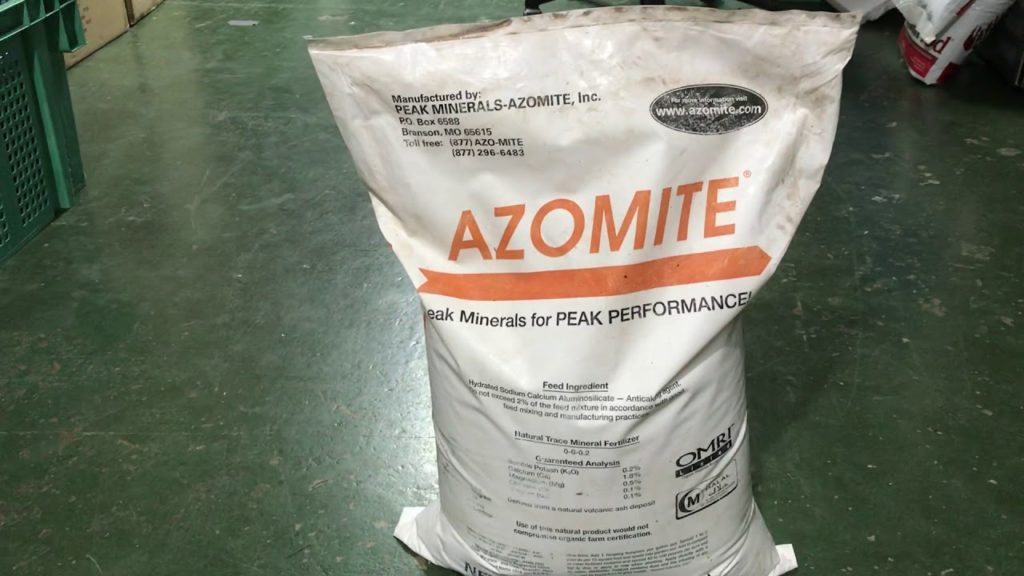
Azomite is similar to other materials known by the generic name “rock dust.” This term applies primarily to mixed rocks of glacial origin that are finely ground and sold as a soil amendment. Rock dust is often applied in large quantities in order to restore the soil’s original mineral abundance after years of degradation caused by acid rain, erosion and intensive agriculture. If your intent is to achieve long-term, comprehensive mineral restoration for your garden soil, broadcast Azomite at a rate of 100 to 500 pounds per 1,000 square feet and mix it into the top 6 inches of soil.
Apply to Enhance Growth
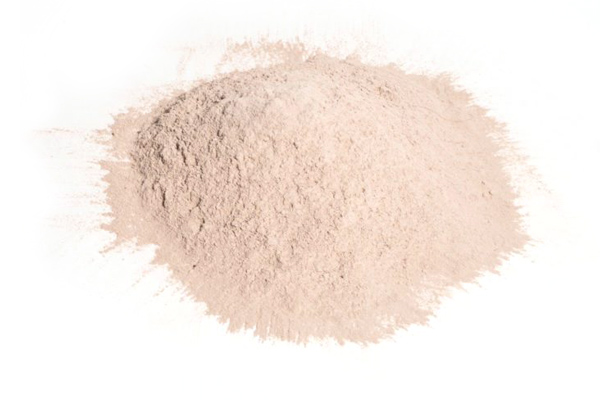
Azomite can be effective even in small quantities because it contains many micro nutrients that promote healthy, productive crops. Nickel and molybdenum, for example, are both essential nutrients, but your soil needs only one unit of these elements for every one million units of nitrogen. A light application of Azomite could correct a micro nutrient deficiency by supplying the minuscule amount needed for optimal plant growth. The benefits will be even greater if this light application corrects numerous micro nutrient deficiencies simultaneously. If you are using Azomite in this way, broadcast 2 to 5 pounds per 1,000 square feet.
Final Words
Azomite is Not a Fertilizer. One is unlikely to over-do the application of this product/soil amendment. I highly recommend it’s use. Making sure the hard work you are doing and the soil being made contains all your plants need is GOOD. It is I recommend added as you make you soil. However it can be added Later topically or Foilarly.
While AZOMITE works through the root system, adding it to a foliar spray will get the product where it needs to be quickly in order to be effective. Micronized and Ultrafine it will suspend in liquid with agitation. With a -200 mesh and -450 mesh particle size, respectively, these powders can be added to a fertilizer solution.
I recommend doing a jar test to ensure the right ratio of AZOMITE to liquid. Remember Less is More. You can always add more. You cannot get it out…..and again Nature will find Her way.
Kevin

